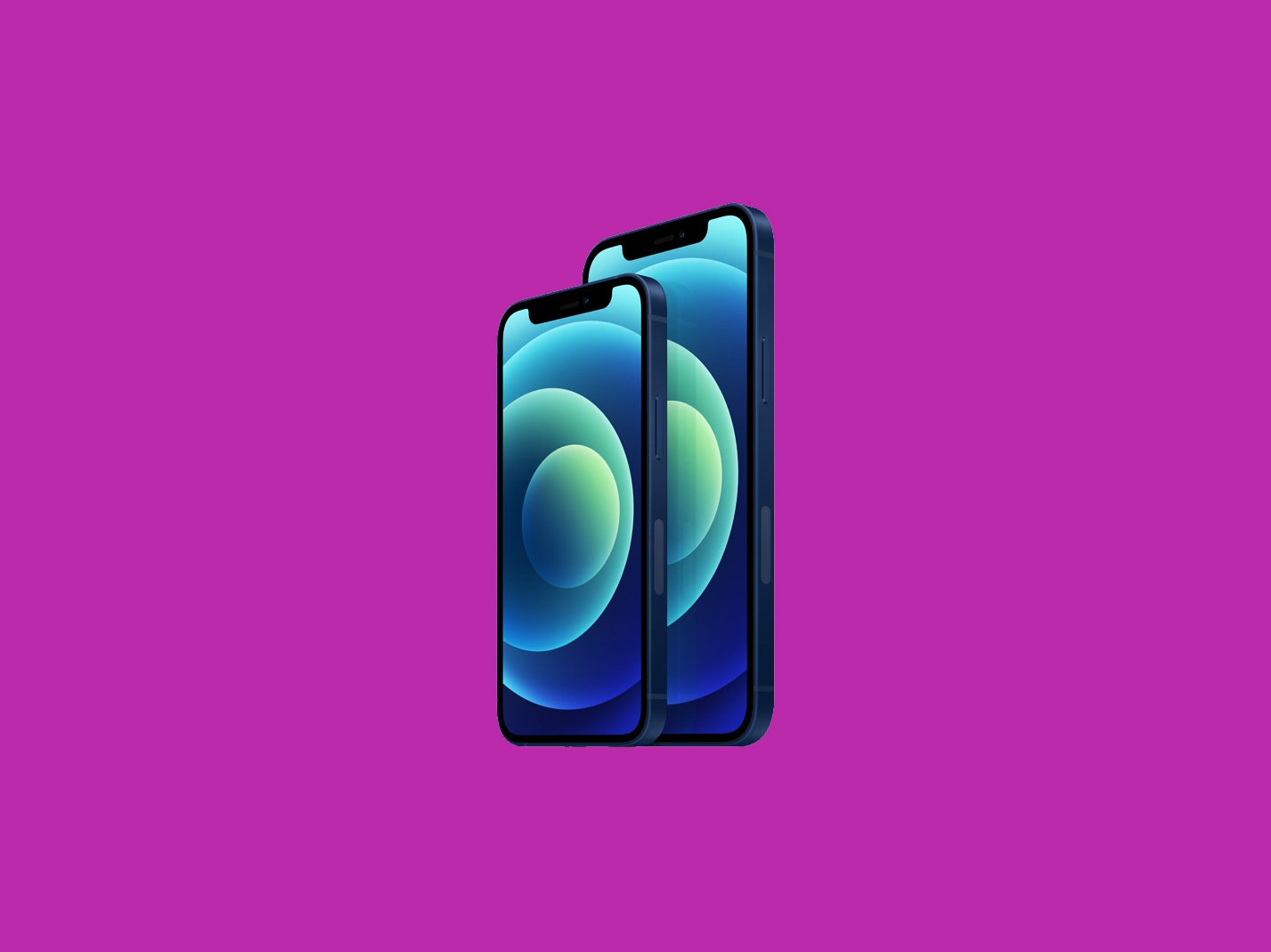You’re probably stressed out as you’re reading this. Most people I know right now are stressed out. Maybe the last thing you’re thinking about is the new iPhone. Or maybe you are thinking about it because you want or need a new iPhone, but you don’t want to spend any more time than you need to deciding which iPhone to buy.
This is a review of the new iPhone 12. I’m going to make this as straightforward as possible, so you can get back to the other things you need to do, whether that’s working, relaxing, sleeping, eating, homeschooling, watching, walking, Zooming, distantly socializing, or voting. This should be the least stressful part of your day. It’s an iPhone.
If you have last year’s iPhone 11, as I do, or the iPhone 11 Pro, then you probably don’t need to upgrade to the iPhone 12. If your current iPhone is a few years old, you really want a better camera, and you have the disposable income for a new phone, then the iPhone 12 is a good choice. If you are considering upgrading to the iPhone 12 because you think having a 5G phone is going to change your life, you should absolutely not upgrade to the iPhone 12.
The iPhone 12 starts at $799 if you choose a wireless carrier at the time of purchase. It’s $829 if you buy the phone unlocked from Apple.com. So we’re back to this bullshit. That’s for 64 gigabytes of internal storage. The price of the iPhone 12 goes up to $979 if you configure it with 256 GB of internal storage.
Apple is also selling two different iPhone 12 Pro models. These vary in size, have better cameras than the iPhone 12, and are more expensive—up to $1,399 for a fully loaded iPhone 12 Pro Max. My WIRED colleague Julian Chokkattu is reviewing the iPhone 12 Pro. Julian is awesome and so is his review, so you should read that if you think you want the most advanced, most expensive iPhone.
While reviewing the iPhone 12, I compared it mostly to last year’s iPhone 11, which now starts at $599. I also have a new $699 Pixel 5, made by Google, and I’ve used that for camera comparisons, since Pixel’s cameras are usually top notch. This spring I also reviewed the iPhone SE, and I have used or reviewed virtually every iPhone since the iPhone 4S.
A lot of you are probably curious about the iPhone 12 Mini, the new $699 iPhone with a 5.4-inch display. Unfortunately that phone is not shipping until later this year, and Apple hasn’t handed out review units, so I can’t advise you on that yet. I will say that if you already know you want a smaller phone, you should hold out for reviews of the Mini.
Also, Samsung makes stellar phone hardware, so I usually try to compare at least one new Samsung Galaxy phone to new iPhones, mostly for the cameras. (The operating systems are a whole separate thing, and most people who ask me for phone advice are already committed to either Android or iOS.) But I didn’t have a Samsung loaner on hand for direct comparison at the time of this review. Julian has reviewed the Samsung Galaxy S20 here.
The iPhone 12 looks and feels more refined than the iPhone 11. They appear to be roughly the same size, with a 6.1-inch display, but the iPhone 12 has less volume, feels lighter, and has flat, polished aluminum edges. I love the flat edges. The phone ships in a couple of new colors. I have the blue iPhone 12, a pretty but unexciting blue undoubtedly inspired by the color of the year, which was supposed to inspire calm (lol). The new phone also has a brighter OLED display, a nice upgrade from the less brilliant LCD on last year’s iPhone 11.




